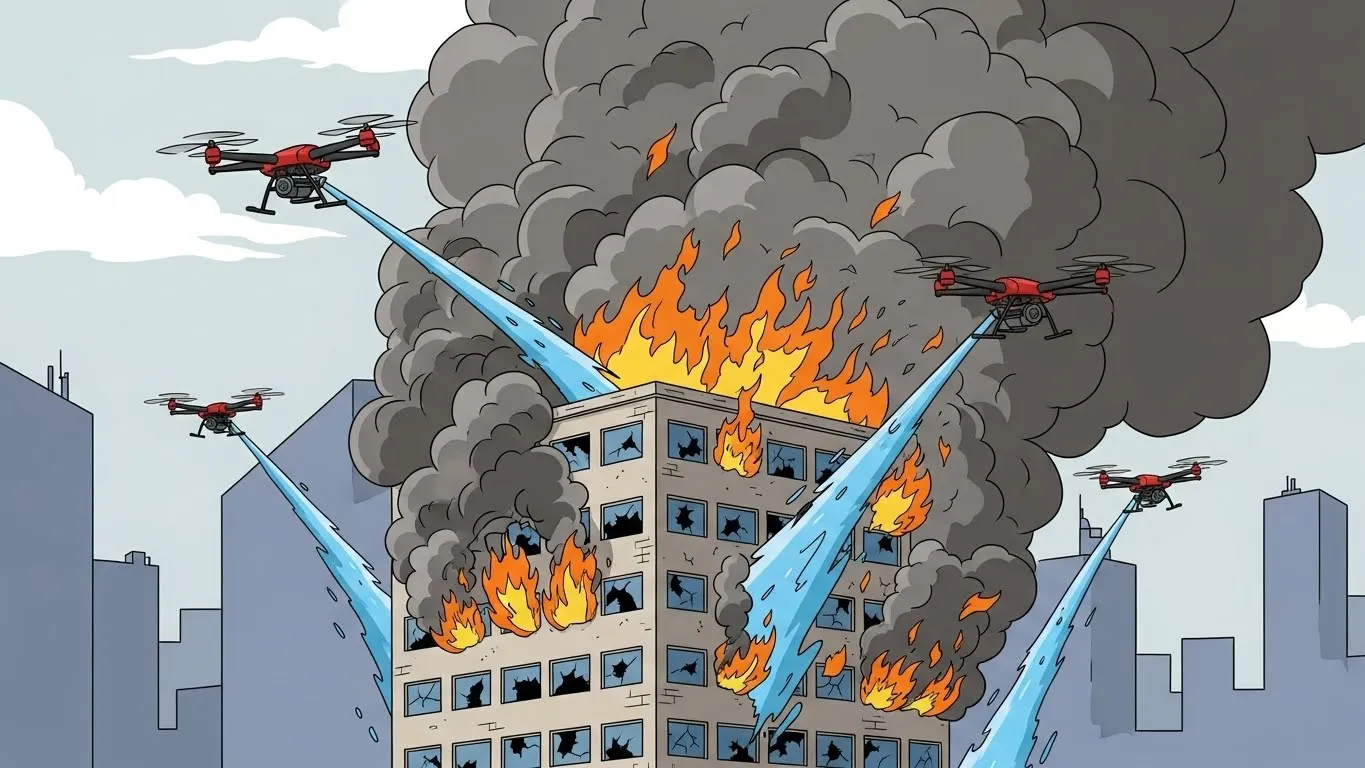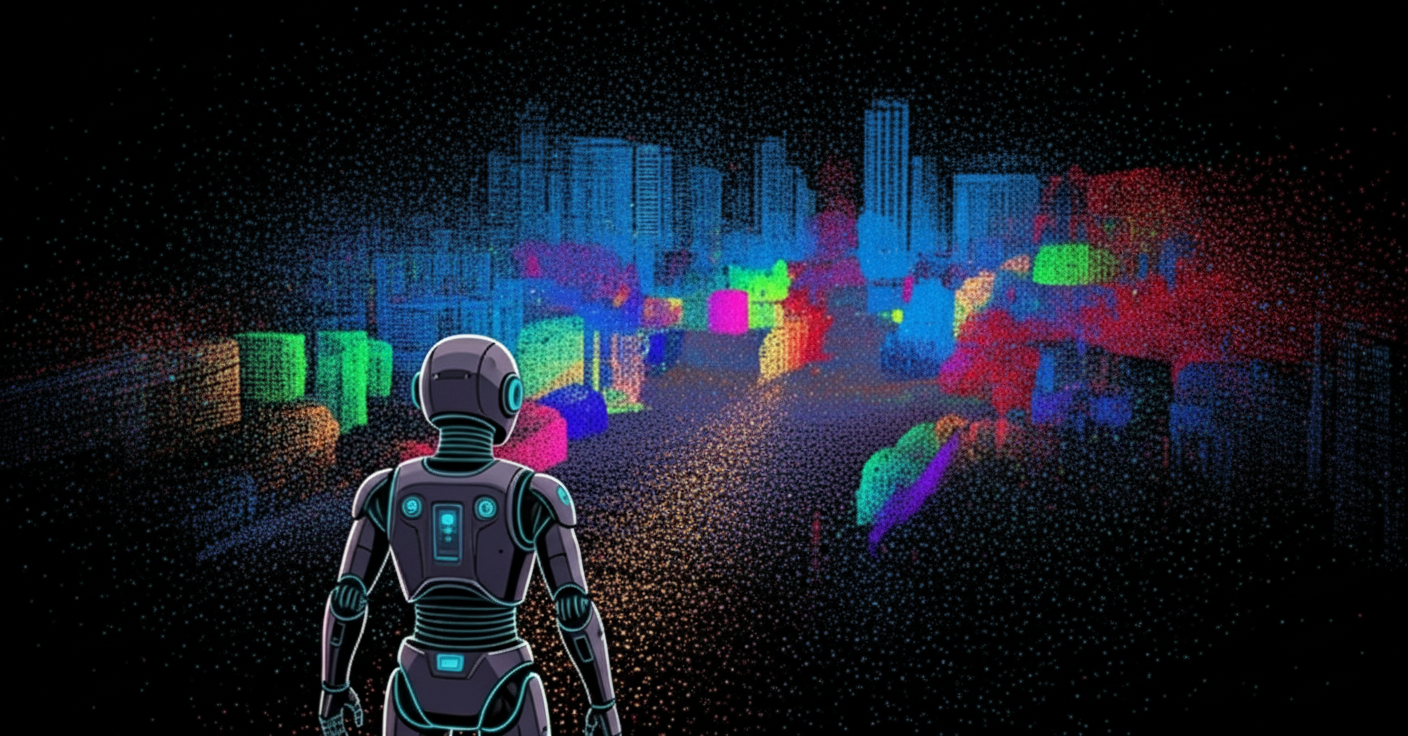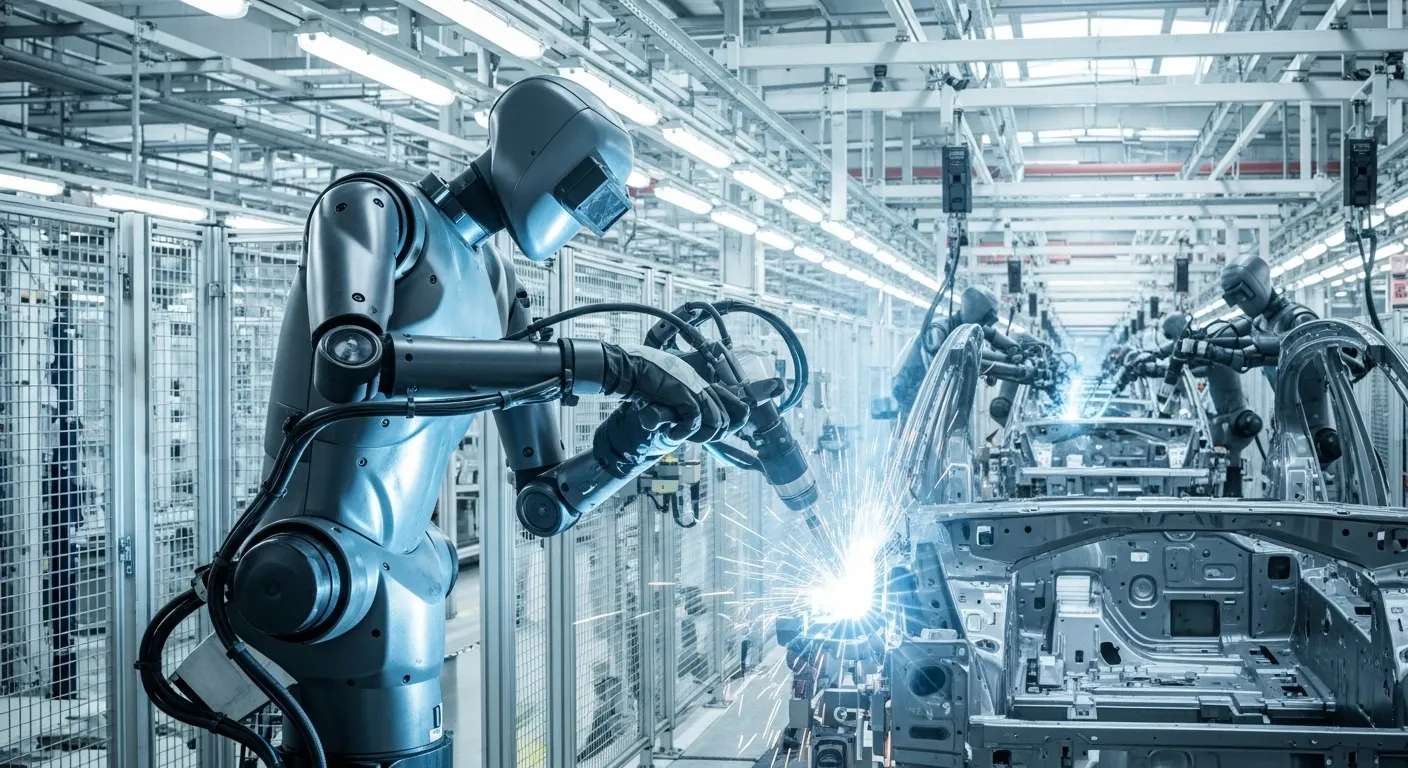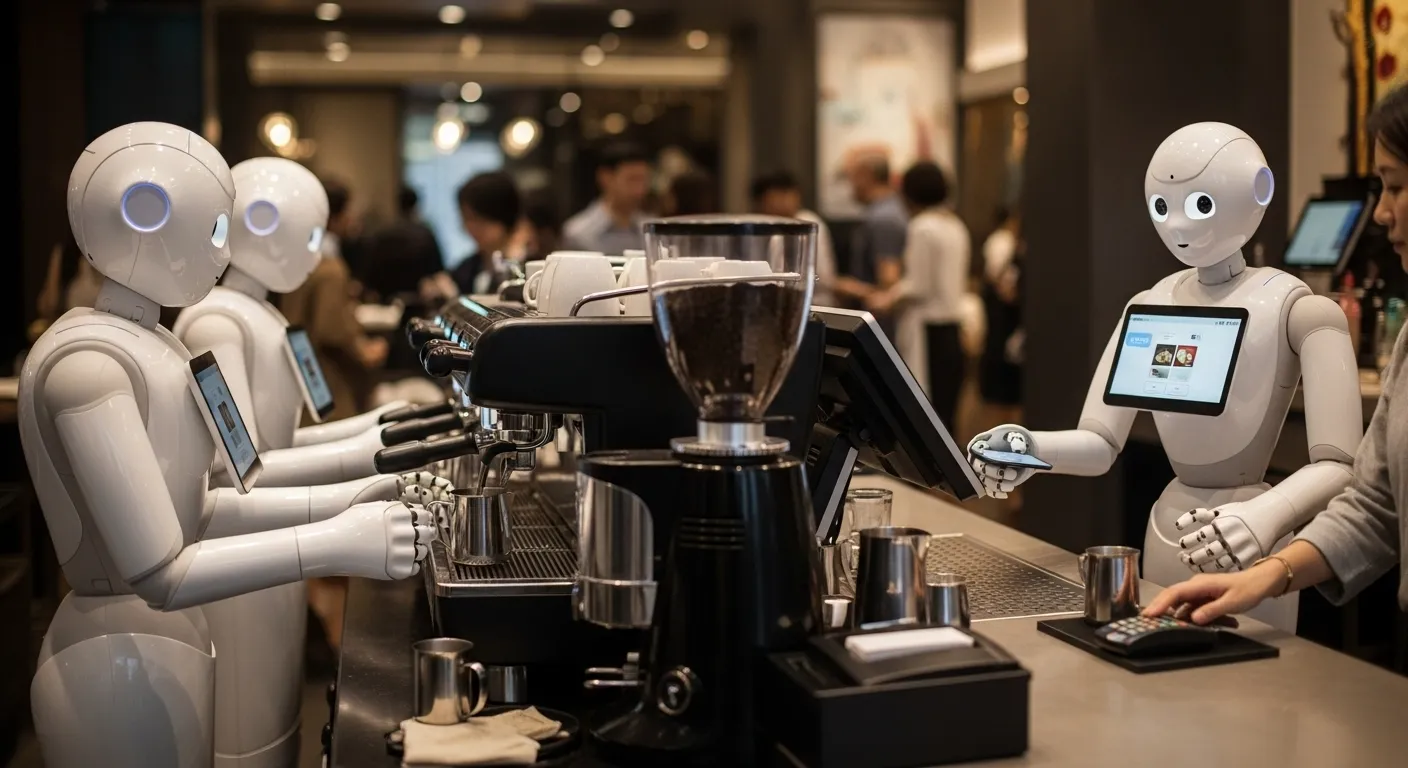- Vision & Goal: Optimus is Tesla's humanoid robot designed to perform "dangerous, repetitive, and boring" human tasks, aiming to integrate into both industrial and domestic settings.
- Physical Description: It's human-sized (approx. 5'8", 125-160 lbs), with human-like dexterity in its hands, and powered by a 2.3 kWh battery for full-day operation.
- Software & AI: Optimus runs on a modified version of Tesla's Full Self-Driving (FSD) AI software, utilizing neural networks and visual navigation technology, learning tasks through observation and continuously improving.
- Capabilities: It demonstrates growing skills in object manipulation (e.g., handling battery cells, sorting), fine motor control (e.g., serving popcorn, stirring), balancing, navigation, and performing various household chores (e.g., sweeping, watering plants).
In the grand theatre of technological innovation, few directors command as much attention as Elon Musk, and his latest star performer is a bipedal marvel named Optimus. Imagine a future where a helpful, human-like robot assists you with daily chores, works tirelessly in factories, and even serves you popcorn with a polite thumbs-up. This isn't just a scene from a sci-fi blockbuster; it's the audacious vision behind Tesla's Optimus, a humanoid robot that aims to step out of the realm of science fiction and into our everyday lives.
The journey of Optimus began in 2021 when Musk first unveiled the concept of a "Tesla Bot," designed to take on tasks that are "dangerous, repetitive, and boring" for humans. The initial reveal, with a human dancer in a robot suit, raised a few eyebrows. But Tesla quickly shifted gears, presenting actual prototypes that, while still a bit wobbly, could walk, retrieve objects, and even water plants by 2022. It was a tangible glimpse into a world where robots weren't confined to industrial cages but could move freely in human environments.
Fast forward to today, and Optimus is evolving at an impressive pace. The latest buzz comes from a delightful demo at the soft opening of the Tesla Diner and Supercharger Station in Hollywood, where Optimus performed a seemingly simple yet profoundly complex task: serving popcorn. With deliberate, precise movements, it filled a packet, offered it with a polite thumbs-up, and even added a friendly wave. No spills, no missteps – a testament to its refined motor control and interaction capabilities. Musk confidently declared, "This will become normal in a few years," hinting at a future where Optimus is as ubiquitous as our smartphones.
So, what exactly makes this mechanical marvel tick, and what does Tesla envision for its future?
The Robot's Blueprint: A Humanoid Designed for Our World
Optimus is not just a collection of wires and circuits; it's a meticulously designed machine built to mimic human form and function.
- Physical Description: Standing at approximately 5 feet 8 inches (173 cm) tall and weighing around 125 to 160 pounds (57-73 kg), Optimus is roughly human-sized. This deliberate choice allows it to navigate environments, use tools, and interact with objects designed for human use. Its sleek, minimalist design often features a display on its head for communication. It is powered by a 2.3 kWh battery, designed to last a full day of work, and can walk at speeds up to 5 mph while carrying up to 45 pounds. Its limbs are equipped with 28 to 40 electromechanical actuators, including 11 degrees of freedom in its human-like hands, allowing for adaptive grasp and precise manipulation.
The Brain Behind the Brawn: Tesla's AI Powerhouse
At the core of Optimus's intelligence is an advanced AI system, directly inherited from Tesla's groundbreaking work in autonomous vehicles.
- Software Behind Optimus: The robot leverages a modified version of Tesla's Full Self-Driving (FSD) computer and its accompanying AI software stack. This means Optimus is powered by the same neural networks and visual navigation technology that guide Tesla cars. It uses multi-cam video neural networks for real-time environmental perception and object recognition. The software enables capabilities like balance, navigation, and complex interaction with the physical world. While the core AI is shared, significant work has gone into adapting the algorithms for bipedal locomotion, balance, and fine motor control, which are vastly different challenges from driving a car. Tesla uses human demonstration and motion capture to train its neural networks, allowing Optimus to learn new tasks by observing.
Capabilities: From Mundane to Marvelous
Optimus's capabilities are continually expanding, moving beyond basic locomotion to more nuanced interactions.
- Current Capabilities: Beyond walking and maintaining balance (even on uneven terrain), Optimus has demonstrated:
- Object Manipulation: Picking up, sorting, and correctly orienting various objects, including delicate items and factory components like battery cells.
- Tool Usage: Basic interaction with tools.
- Environmental Awareness: Using sensors and cameras to map its surroundings, identify objects, and locate its own limbs in space.
- Fine Motor Control: Demonstrations include precise movements like stirring food in a pot, tearing off paper towels, and accurately pouring liquids (as seen with the popcorn and drink-serving demos).
- Household Chores: Tossing trash, sweeping floors with a broom and vacuum, opening cabinets, and drawing curtains.
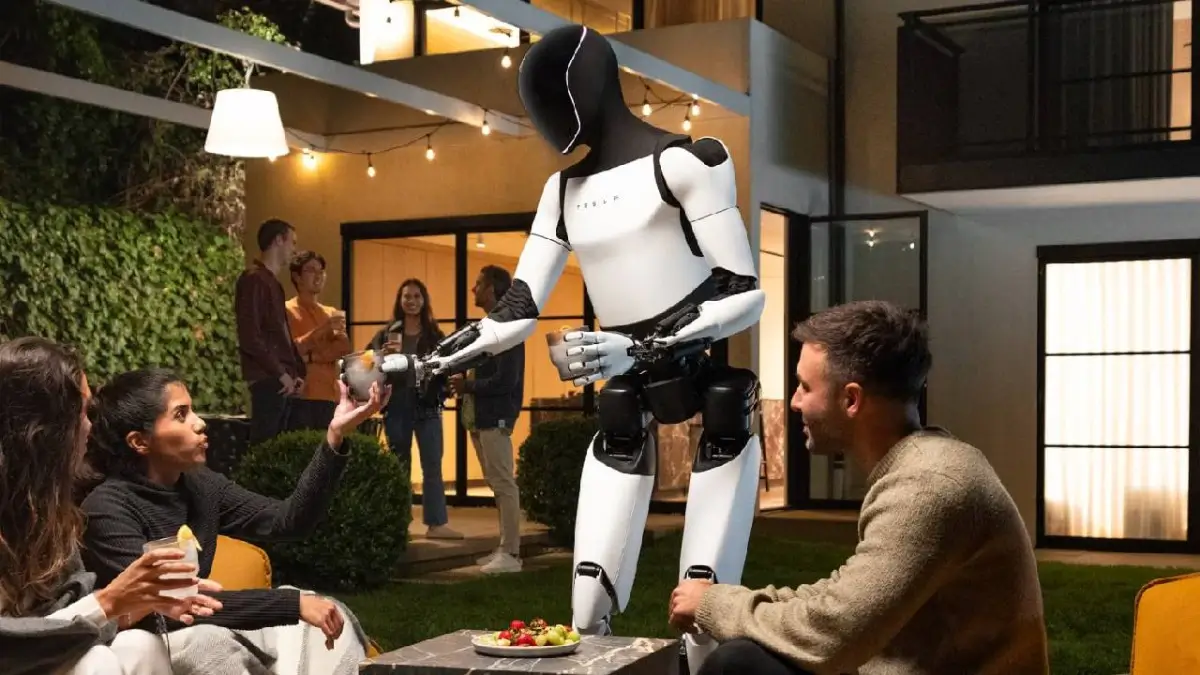
Real-World Use Cases: Where Optimus Could Shine
Tesla envisions Optimus as a versatile solution for a multitude of tasks, spanning industrial and domestic spheres.
- Manufacturing and Logistics: This is a primary focus. Optimus could revolutionize factory floors by:
- Performing repetitive assembly line tasks: Like material transfer, component lifting, and screw tightening, freeing human workers from monotonous or ergonomically challenging duties.
- Material Handling: Moving items, managing inventory, and sorting packages in warehouses.
- Working in hazardous environments: Taking on tasks in extreme temperatures or with dangerous materials, reducing risks to human workers.
- Household Assistance: Elon Musk envisions Optimus as a general-purpose helper in homes, performing chores such as:
- Unloading groceries.
- Watering plants.
- Cleaning (sweeping, vacuuming, tidying).
- Assisting the elderly or those with disabilities with daily tasks like mobility support or fetching items.
- Service and Entertainment: Beyond the practical, Optimus could find roles in:
- Customer service: Greeting guests, providing information.
- Hospitality: Acting as a bartender or server (as demonstrated).
- Personal Companionship: While speculative, Musk has hinted at roles as a "teacher, babysitter, or friend," suggesting future emotional interaction capabilities.
The Unseen Hand: Debates and Dilemmas
While the promise of Optimus is exciting, its development and future raise significant questions and spark fervent debates.
- Job Displacement: A major concern is the potential for widespread job losses, particularly in manual labor sectors. Critics argue that while Optimus could fill labor shortages, it might also displace millions of human workers, requiring significant societal adjustments and new economic models.
- Safety and Reliability: Humanoid robots operating in unstructured, dynamic human environments pose inherent safety challenges. Despite Tesla's stated commitment to safety, concerns linger about the robot's ability to navigate unexpected situations (e.g., a child running by, a slippery floor) without causing harm. Past issues with Tesla's FSD system have fueled some skepticism regarding the true autonomy and reliability of Optimus.
- Autonomy vs. Control: How autonomous will Optimus truly be? Some demonstrations have been critiqued for potentially relying on teleoperation or pre-programmed routines rather than pure AI. Ensuring robust, adaptable autonomy without constant human oversight is a massive technical hurdle. There are also ethical considerations about what level of decision-making power a robot should have.
- Cost and Accessibility: While Musk projects a sub-$20,000 price point, the initial cost and maintenance for such advanced robots could be prohibitive for many, creating a potential divide in who benefits from this technology.
- Ethical Implications: Beyond jobs, broader ethical questions arise: What societal roles will robots play? How will human-robot interaction evolve? What are the privacy implications of robots equipped with advanced sensors operating in private spaces? The fear of a dystopian future where robots exert too much control, though often sensationalized, underlies some of these debates.
Despite these complex discussions, Optimus stands as a testament to humanity's relentless drive to innovate. It represents not just a machine, but a potential paradigm shift in how we approach labor, daily life, and the very definition of companionship. The curtain has truly risen on the age of Optimus, and the profound questions it raises are as critical as the technology itself.


